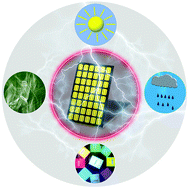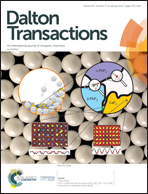A revolution of photovoltaics: persistent electricity generation beyond solar irradiation
Abstract
Renewable energy utilization by energy conversion devices is regarded as a promising solution to resolve energy crisis and environmental pollution problems. Solar energy occupies 99% of the total energy of the Earth; therefore, the development of photovoltaic technology to convert solar energy into electricity is attracting considerable interests. The state-of-the-art research in this field mainly focuses on the improvement of power conversion efficiency under the sunlight irradiation by new materials development, device structure optimization, technique innovation, etc. In real natural environments, there is no or negligible sunlight for at least half of the time, particularly during rainy, foggy days or at night. Therefore, it is a challenging but promising strategy to develop new-type solar cells that can persistently harvest waste energies from nature without sacrificing the solar-to-electric conversion ability. In theory, these photovoltaics may break through the theoretical efficiency limitation and maximize the total power output. In this frontier article, the status quo of these physical proof-of-concept hybrid solar cells as well as the preparation methods of the solar cell architectures, and why harvesting waste energies are discussed. According to the working principles, the possible strategies of improving waste energy conversion efficiency are also envisaged.

- This article is part of the themed collection: 2019 Frontier and Perspective articles


 Please wait while we load your content...
Please wait while we load your content...